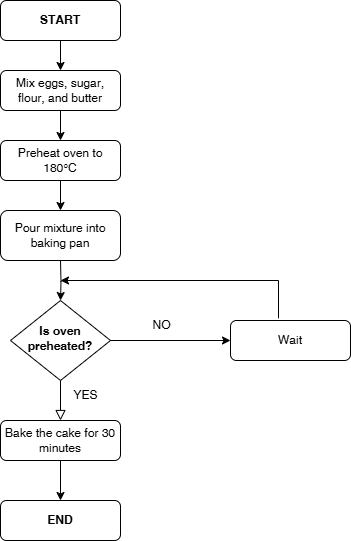Introduction
Setting up Python and auxiliary programs for operating Python and introducing a few tools if you get stuck.
Python: A Versatile and Beginner-Friendly Language
Introduction
Python is a high-level, interpreted programming language created by Guido van Rossum, first released in 1991. Its readability, simplicity, and versatility have made it one of the most popular programming languages today.
Key Features
- Readability and Simplicity: Python’s design philosophy emphasizes clean and readable code. Its syntax allows programmers to express concepts with fewer lines of code compared to languages like C++ or Java. This makes Python an excellent choice for both beginners and seasoned developers.
- Efficiency: Python enables developers to write, maintain, and scale code efficiently due to its clear and concise syntax.
Why Do We Need Programming Languages?
Computers can only understand machine language, which is a stream of 0s and 1s (binary).
Writing programs in binary is nearly impossible for humans. Therefore, we use programming languages like Python to communicate with machines in a human-friendly way.
Compiler vs Interpreter
There are two major ways to convert code into machine language:
- Compiler: Translates the entire program into machine code at once (e.g., C, Java). The compiled file can then be executed independently.
- Interpreter: Translates and runs the code line-by-line. Python uses this approach.
👉 Python is an interpreted language, which means:
- You can run code immediately without waiting for compilation.
- Great for rapid testing, debugging, and interactive sessions (e.g., Jupyter Notebooks).
⚙️ What is an Algorithm?
An algorithm is a sequence of step-by-step instructions to solve a specific problem or perform a task.
Example: Baking a Cake (Algorithm)
This is an algorithm! Just like a recipe, programming algorithms give exact instructions to achieve a goal.

Python and AI – Real-World Impact
Python is the go-to language for Artificial Intelligence and Machine Learning due to:
- Simple syntax
- Massive library support (like
scikit-learn,TensorFlow,PyTorch) - Community-driven innovation
📖 Example: Reading Text with AI
The open-source tool Tesseract is a powerful Optical Character Recognition (OCR) engine that can recognize text in images — from scanned documents to street signs.
It’s written in C++ but often controlled using Python wrappers, making it accessible for automation and analysis:
import pytesseract
from PIL import Image
text = pytesseract.image_to_string(Image.open("document.jpg"))
print(text)
👉 This kind of powerful text extraction and evaluation is possible thanks to Python’s ability to combine AI, image processing, and automation in just a few lines of code.
Ecosystem and Applications
Python offers a rich ecosystem of libraries and frameworks that support various fields:
- Data Analysis: NumPy, Pandas
- Machine Learning & AI: TensorFlow, PyTorch, scikit-learn
- Image & Text Processing: OpenCV, Tesseract, NLTK
Community and Support
Python’s large and active community provides extensive resources, documentation, and support, making it easier for developers to learn, collaborate, and solve problems.
Whether you’re automating your daily tasks, building a website, or developing AI models — Python is a great place to start.
